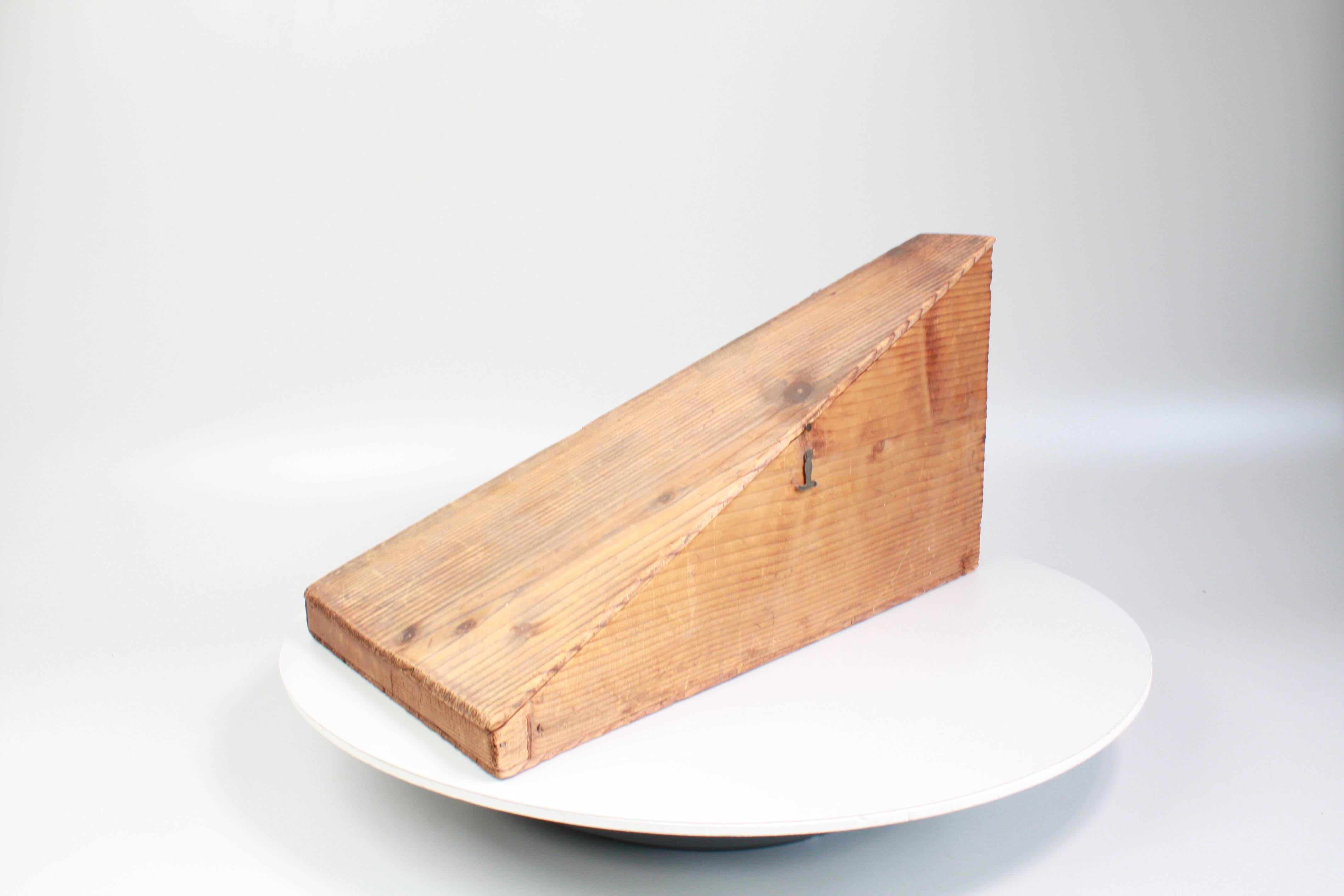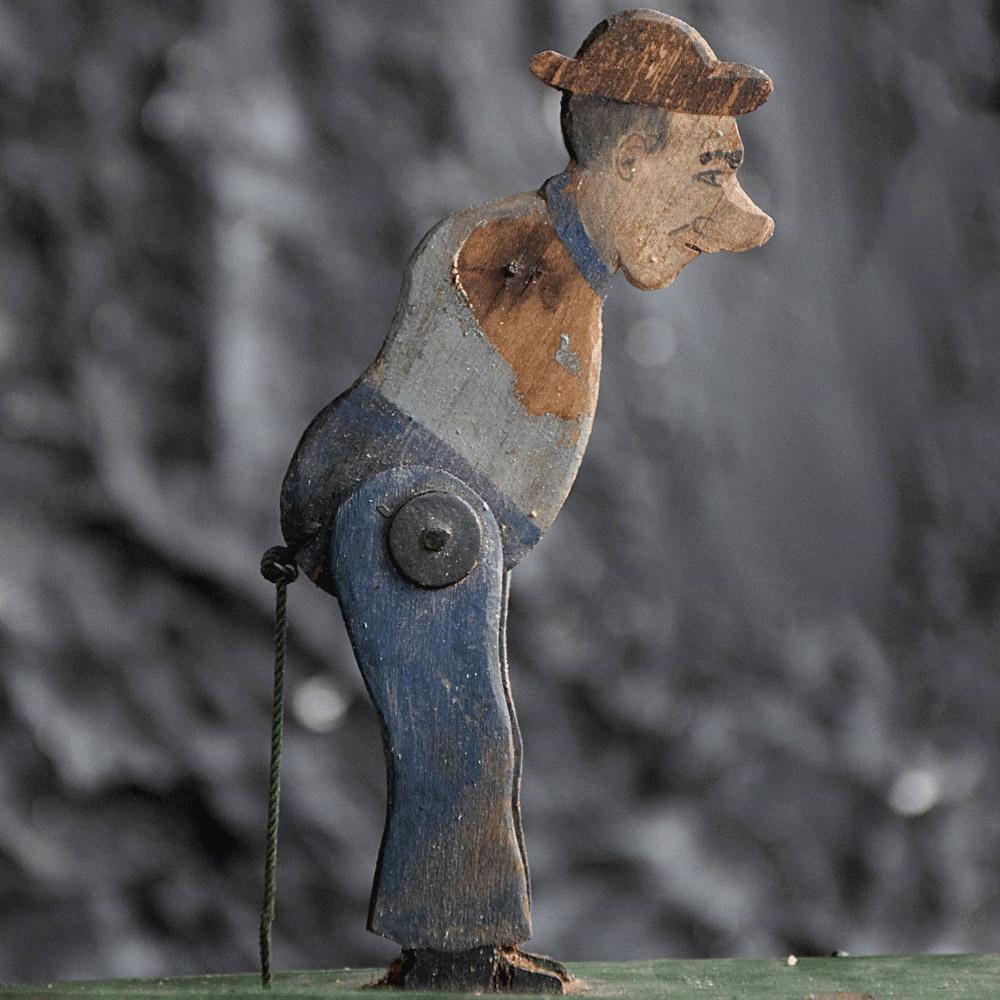
“I’d love to do the same thing again, but in a more modern, more personal style.” François Junod likes the idea of automatons out in the open, where everyone can see them, particularly children. A team of ten worked non-stop over twenty-four months to produce a parade of life-size figures that includes a Spanish dancer, children and a horse. The project is ready and we would love to bring it to life.” Patrons of the arts, take note! Another project close to his heart is for a procession of automatons, similar to the one commissioned by the town of Leganés, in 2006. “The pianist Sylvie Courvoisier, who is a close friend, and I spent a long time working on an idea for the very first automaton to play a piece of contemporary music. Sometimes I come across a sketch from ten years ago, tucked away in a drawer.” He is convinced a computer could never capture the ideas forming in his imagination: “I can’t draw with a mouse.” There’s no knowing when inspiration might strike, either: a visit to a museum in Basel gave him the idea to combine an eighteenth-century snuffbox with a magician’s table from which birds appear and disappear.įrançois Junod now sees himself turning towards more contemporary works. This is almost a contradiction in terms, coming from someone for whom drawing is an essential stage in the creative process. For anyone not in robotics, it’s going to be tough.” “We’ll no longer need a jeweller to transform a design into the finished piece. “This is a golden age for automatons, as computers mean we can put ideas into practice much faster and with greater precision.” His one regret is that 3D printing should wipe out many of the traditional crafts. He revels in transforming old techniques into new ideas, which has prompted collaborations with Lausanne’s federal institute of technology (EPFL), researching new materials and inertia calculations, and with the Swiss centre for electronics and microtechnology (CSEM), among others. The signing machine he made for Jaquet Droz is one example.

Tired of travelling back and forth between Switzerland and Japan, François Junod found new openings in the watch industry, notching up a raft of patents in the process. “The first people I worked with tended to be artists now they’re more likely to come from watchmaking.” The vast, second-floor workshop is divided into five areas, each corresponding to a highly particular specialisation, including restoration of rare mechanisms. Fortunately the Japanese were huge fans.” As he finished one order, another came in, including for a replica of a model made by Jaquet-Droz in 1774 that would be Junod’s first collaborative project.

“In Switzerland, things could have been a lot better. For the first seven years he worked alone: “I was a lot less sociable back then.” His reputation grew as did demand.

#Automaton for sale free
His student days in Lausanne, where rents were too high, and Paris, where his hopes of becoming a sculptor never materialised, behind him, news that a workshop had come free in Sainte-Croix brought him back home. “It soon occurred to me that I should do something no-one had done before,” he says, still genuinely modest. “I started drawing and couldn’t stop!” A frustrated left-hander, he uses both hands with equal ease, “although I was set free when I realised my right hand was more of an artist than the left and a more attentive observer,” he adds, somewhat cryptically. He recalls the years spent at the Fine Arts School in Lausanne (now Ecal), his next stop after training as a micro-mechanical engineer, and how this opened up a whole new world of music, dance, painting and drawing. Had he not discovered art, he says with a smile, he would have stayed in the same job, performing the same tasks. Words tumble from his mouth, hardly the image one has of a man whose life revolves around precision mechanics.

Wearing his fifty-some years well, François Junod has eyes that sparkle and enthusiasm to spare. On the wall, a cut-out of Magritte’s man in a bowler hat adds a surreal touch to a room where angels, one of the many “works in progress”, already hover in a shaft of light from the windows. The interview takes place on the third and top floor of the studio, where we settle into a pair of leather armchairs, like the well-stuffed seats of a 1950s Cadillac.


 0 kommentar(er)
0 kommentar(er)
